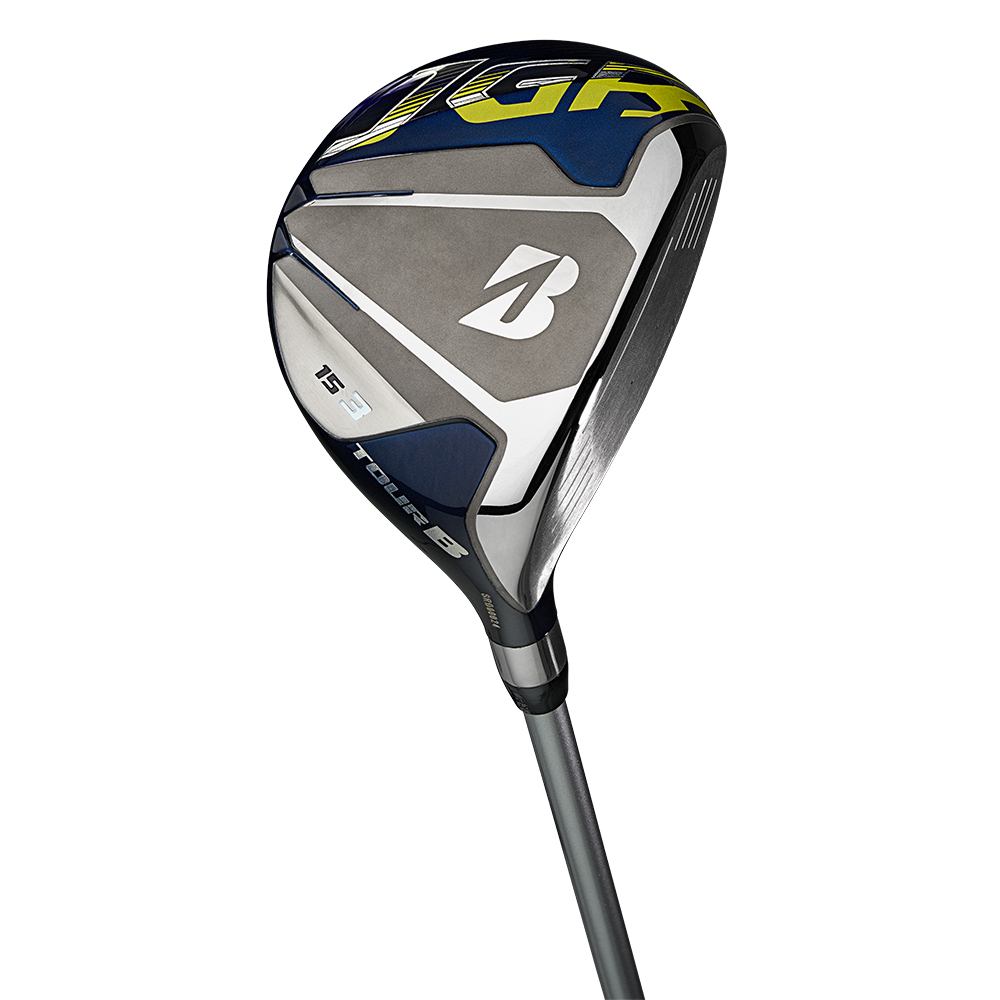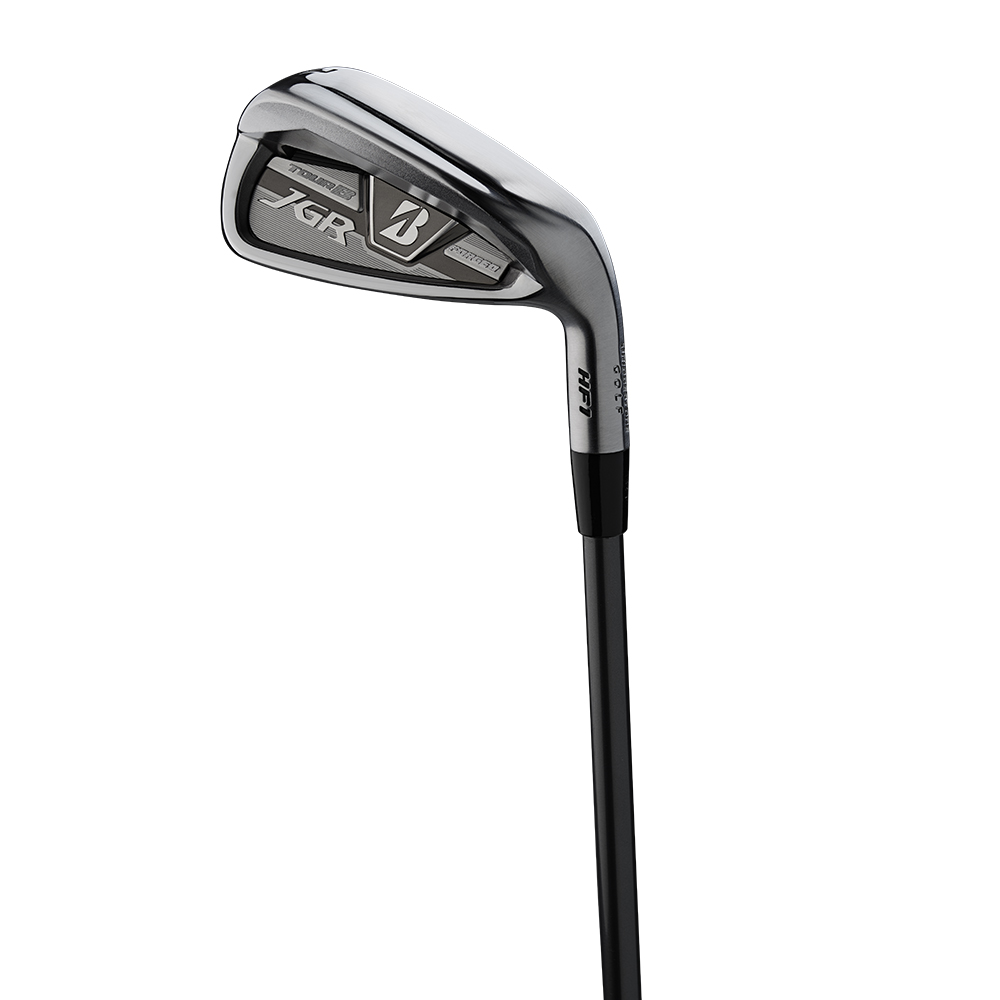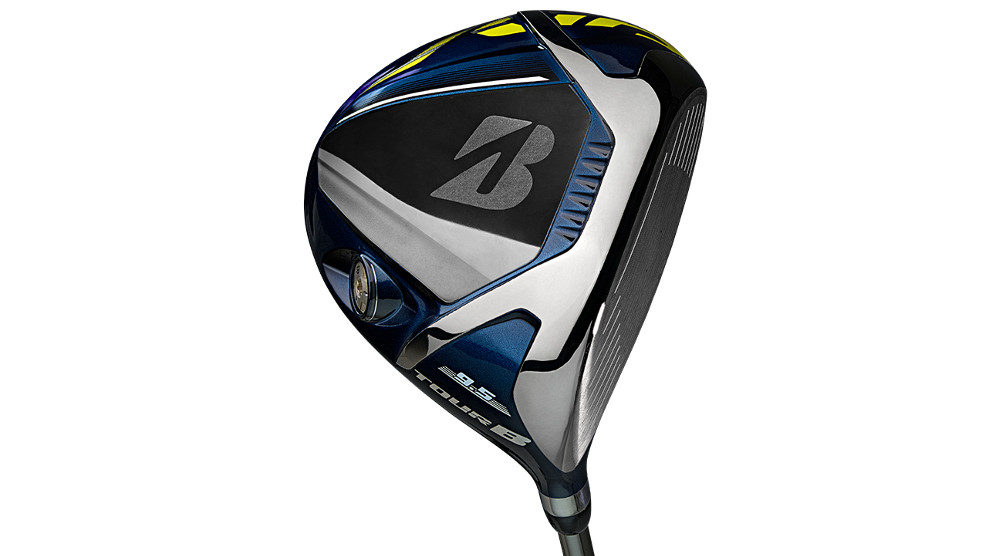Bridgestone Golf is in the midst of perhaps its most important transitional period as a North American golf company.
They have two of the hottest names in golf in Tiger Woods and Bryson DeChambeau playing their Tour B golf balls. They continue to move more and more units after a few poor years. They've brought back Dan Murphy to run the show, tapping into the marketing know-how that was instrumental to their success with ball-fitting and public education.
And, with the Tour B JGR line of equipment, they're once again trying to get golfers to put something with a Bridgestone logo on it other than a ball in the bag.
In recent memory, Bridgestone has separated the Tour B line of equipment, mostly targeted to better players, separate from the JGR line, which has been firmly planted on the edge of game-improvement and super game-improvement equipment. However, with this release, JGR is now consolidated under the Tour B name. In the future, Bridgestone clubs will be either Tour B or Tour B JGR.
The Tour B JGR line has a driver, fairway woods, hybrids and two sets of irons from which to pick -- one dipping into the super game-improvement category and another even lower-handicap players should consider.
Tour B JGR driver, fairway woods and hybrids
The Tour B JGR driver is for players who slice. It's a 460cc head with draw-bias weighting (8-gram external weight and 25-gram internal weight) with a shut look at address. On the sole, the Power Rib is a V-shaped channel designed to maintain sole stiffness through impact and deliver more ball speed at impact. On the crown, there's a Power Slit cut from the hosel toward the toe, but not fully across the club's crown, to help the club flex in concert with the Power Rib. A Wave Power slit also helps with face flex and stability through impact.
The driver also features the Power Mill Face, which has doubled the depth of milling on across the face to reduce spin and keep the ball on the face longer for higher ball speeds.
The Tour B JGR driver costs $400, and comes in 9.5-, 10.5- and 11.5-degree heads with a stock UST Mamiya Recoil 460 ES graphite shaft.

The fairway woods and hybrids in the line both have a shut look at address, trying to head off nasty sprays to the right. The Boost Wave technology found in the driver is slightly modified for the fairway woods and hybrids, with the Power Slit on the bottom of the club, where the face meets the sole, while the Power Rib is removed. The Power Mill Face returns, too.
The fairway woods feature variable face thickness for improved ball speeds on off-center hits, and the low-and-deep profile is a modern shape. The fairway woods are available in 15- and 18-degree heads with a stock UST Mamiya Recoil 460 ES Fairway shaft for $230 each.
The hybrids feature a more wood-like design, with a deeper profile for confidence-inspiring shotmaking from any lie. They're available in 19-, 22- and 25-degree heads with a stock UST Mamiya Recoil 780 ES Hybrid shaft for $220 each.
Tour B JGR HF1 and HF2 irons
The two Tour B JGR iron sets are a sharp contrast from one another. They share naming conventions, but beyond that, not much.

The HF1 irons are for high-handicap players. They're super game improvement. They have a hollow-body construction with thick soles and toplines, designed to inspire confidence in a player fighting to make good contact while providing a lower center of gravity in a 1030 carbon steel forged head (a nice surprise) to get the ball up in the air faster. The HF1 irons also have variable face thickness to create a more hybrid-like response to contact for more distance and ball speed.
The HF1 irons sell for $850, coming stock with 6-PW (5-iron and AW separate), with stock UST Mamiya Recoil shafts.
The HF2 irons, however, are for a wide swath of players in the handicap spectrum. Players from a 20 handicap to a low handicap will appreciate these game-improvement irons. These irons actually have, in places, slightly more offset than the HF1 irons, but they come in a package a more-discerning golfer will like. The topline and sole widths are thinner, though not razor thin, and the classic chrome look really sparkles. The forged 1025 carbon steel cavity-back design features a thin face insert for maximum distance, backed by a reverse-L-shaped rubber polymer for better feel and acoustics at impact. Invisible to the golfer, a Power Slit is cut into the sole area for face flexing and maximum ball speeds.
The HF1 irons sell for $900, coming stock with 5-AW (4-iron), with stock True Temper XP 95 steel shafts.

